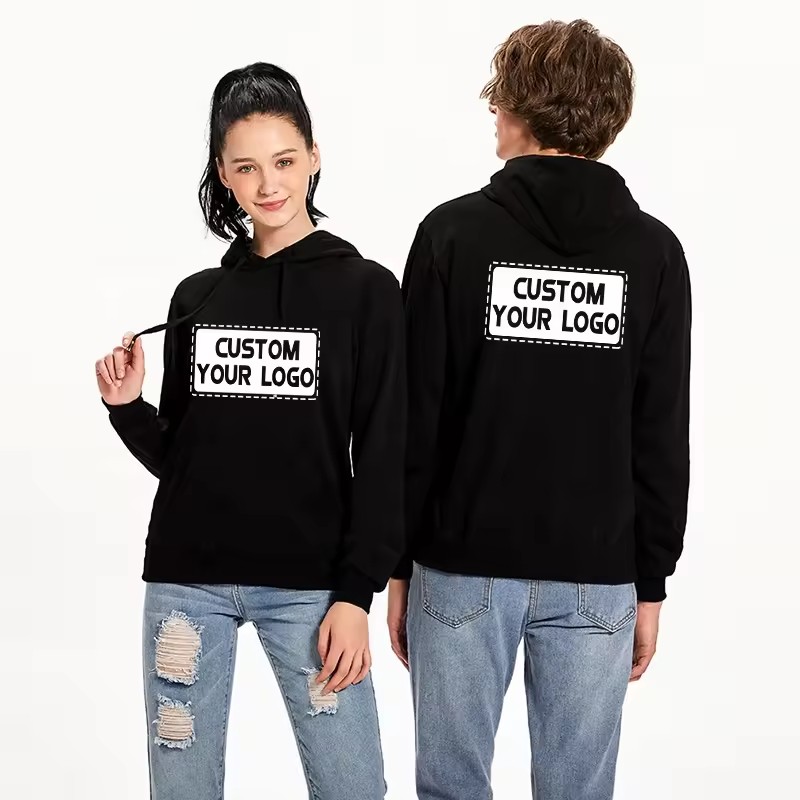How to Give Shirts to Volunteers and Actors for Your Non-Profit Events
Overview
Giving actors and volunteers in your nonprofit events t-shirts is about more than simply giving them something to wear; it's about uniting people, spreading awareness of your cause, and making a lasting impact. Personalized shirts can be an effective means of raising spirits, increasing awareness, and making an impression on attendees and participants alike. This post will walk you through the crucial procedures for getting volunteers and performers the ideal shirts for your charitable endeavors.
1. Recognize the Goal and Target Audience
Describe the Goal:
Unity and Team Spirit: Volunteers and actors who wear custom shirts feel more united and that they are a part of a coherent team that is working toward a similar objective.
Brand Awareness: During events and beyond, wearing  with your non-profit's logo, colors, and messaging will help people see and recognize your cause more.
with your non-profit's logo, colors, and messaging will help people see and recognize your cause more.
Memorabilia: By serving as a keepsake, these shirts can help participants remember their involvement and the difference they made.
Recognize Your Audience:
Actors: Take into account their individual needs. Are costumes that also double as advertising shirts necessary, or is branding the only thing on the agenda? In addition to supporting the non-profit, the design ought to take into account the role they play.
Volunteers: Throughout the event, volunteers should wear clothes that are functional and comfortable. It's important to be durable and have easy mobility, especially for people who conduct physically demanding work.
2. Creating the Ideal Shirt Branding Components:
Placement of emblem: The shirts should have your non-profit's emblem placed prominently on them. Common placements include the front chest, back, or sleeve, depending on the shirt’s overall design and intended use.
Color Scheme: Choose colors that align with your brand identity and are easily recognizable. Consider the event’s theme and the visibility of the shirts in various environments.
Slogan and Message:
Inspirational Text: Include a memorable phrase or statement that sums up the goals of your nonprofit. This appeals to the audience and participants while also supporting your cause.
Details Particular to the Event: Provide the name and date of the event if the shirts are for a particular gathering.This adds a unique touch and provides a memento for all those involved.
Comfort and Material:
Select breathable, high-quality fabrics, such as cotton or cotton blends, to ensure comfortable wear throughout the day. If the event will be outside, think about using materials that will drain away moisture to keep attendees dry and cool.
Style and Fit: Offer a variety of sizes and think about providing fits that are both gender- and unisex-specific. Whether it's a long-sleeved shirt, polo, or a plain T-shirt, the shirt style should be sensible and suitable for the activities involved.
3. Manufacturing and Purchasing
Budget and Quantity:
Estimate Needs: Determine how many shirts are required depending on the anticipated number of volunteers and actors. It's a good idea to get a couple extras in case of sizing concerns or last-minute attendees.
Cost-effective Options: Don't sacrifice quality even while keeping costs down is essential. Seek for vendors who maintain the shirt's quality and durability while providing non-profit or wholesale pricing.
Eco-Friendly Options:
Sustainable Materials: If your non-profit prioritizes environmental sustainability, consider using eco-friendly fabrics such as organic cotton or recycled polyester. This choice aligns with ethical values and can appeal to environmentally-conscious participants.
Ethical Production: Choose suppliers committed to fair labor practices and ethical manufacturing. This ensures that your non-profit’s shirts are made responsibly, reflecting your commitment to social justice.
4Logistics and Distribution: Sizing and Distribution
Accurate Sizing: To guarantee that everyone gets a shirt that fits properly, get size information in advance from volunteers and performers. Provide a sizing chart if at all feasible to help with precise decisions.
Distribution Plan: To prevent turmoil at the last minute, plan the t-shirt distribution ahead of time. This can be completed at a prearranged pick-up location or during the registration time.
Day-of-Event Management:
Extra Supplies: Have extra shirts on ready for last-minute needs or to swap out broken ones during the event. This guarantees that everyone taking part in the activity is dressed appropriately.
Distribution of Shirts After the Event: If there are extra shirts, think about distributing them to guests, sponsors, or as a way to raise money. This might increase the visibility of your nonprofit and spread the word about it.
5. Using Personalized Shirts to Promote Your Cause
Photography and Social Media:
Visual Content: Use hashtags related to the event when posting pictures of performers and volunteers wearing the shirts on social media. This increases online visibility and engagement for your cause.
Group Photos: Take group photos of all participants in their shirts to use in future marketing materials, annual reports, or thank-you notes to donors and supporters.
Post-Event Use:
Continued Wear: Encourage participants to wear their shirts after the event to keep promoting the non-profit. This can be part of a larger effort to maintain engagement with volunteers and actors.
Merchandise Sales: If there’s demand, consider selling additional shirts to supporters and the general public. This can be a simple yet effective way to raise funds and increase awareness.
In summary
Giving performers and volunteers at your nonprofit events personalized t-shirts is a calculated decision that strengthens unity, advances your brand, and has a long-lasting effect. You may make sure that these shirts accomplish their intended function by giving considerable thought to their design, manufacture, and delivery. Custom shirts are an effective tool for furthering the goals of your non-profit, whether it's through improved exposure, encouraging team spirit, or producing treasured souvenirs.








